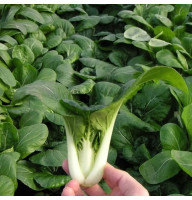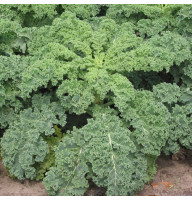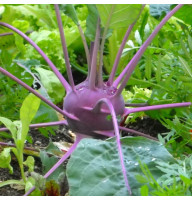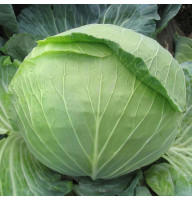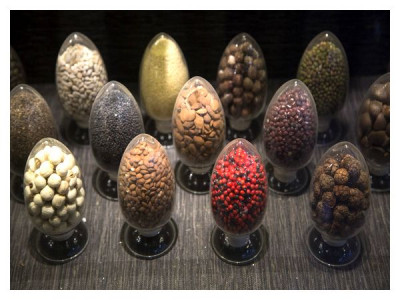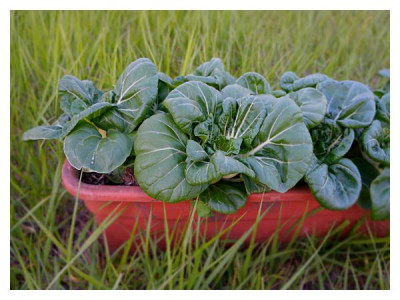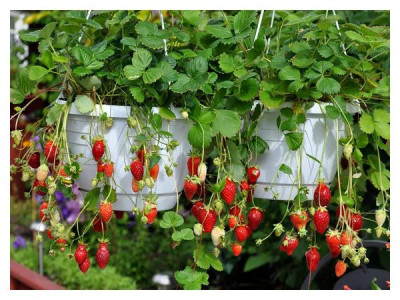If you think that cabbage is just round, strong white-green heads that are familiar to the eye, you are mistaken. This type of Cruciferous also includes cauliflower, savoy, turnip, kale, Brussels sprouts - not to mention their varieties and varieties!
And all types of cabbage in the garden are tasty and healthy. This juicy vegetable is characterized by high yield and transportability. It has excellent taste both fresh and cooked, is low in calories, rich in fiber, contains healthy natural sugars and proteins, an extensive multivitamin set, calcium, potassium, sulfur, phosphorus... It is not for nothing that cabbage takes first place in the global ranking - its planting occupy more than 30% of all beds! We will try to tell you in one article how the various popular types and varieties of cabbage differ from each other, and why it is worth planting at least several of them on your plot.
White cabbage

The most common type in our gardens is white cabbage, occupying more than 98% of the area of this crop! It came to us from the south and little by little became one of the most important garden crops.
There is no point in describing the appearance of this cabbage - everyone imagines round heads of soft green color that develop over time from a rosette of round leaves.
Cabbage can be grown either by seedlings or without seedlings. The growing season for its different varieties ranges from 70 to 240 days, moreover, it is capable of growing in almost any climatic conditions (with the exception, perhaps, of the far north and the sandy desert).
Yes, it is tasty and productive, stores well, has a low cost of cultivation, is characterized by a large variety of varieties, and is included in many delicious dishes. In terms of glucose volume, cabbage is ahead of apples and oranges, and fructose is ahead of potatoes and carrots. The content of ascorbic acid in white cabbage is higher than in citrus fruits, and cabbage does not cause allergies like they do.
White cabbage has even been used as a medicinal raw material since the times of the ancient Romans. Its juice has a beneficial effect on the functioning of the heart muscle, heals stomach and duodenal ulcers, and even normalizes sleep.
It is healthier to eat cabbage young and raw; it is in this form that it contains more vitamin C.
But here’s a paradox - compared to all other types of cultivated cabbage, white cabbage is almost the poorest vegetable in composition and the least useful for the human body.
Red cabbage
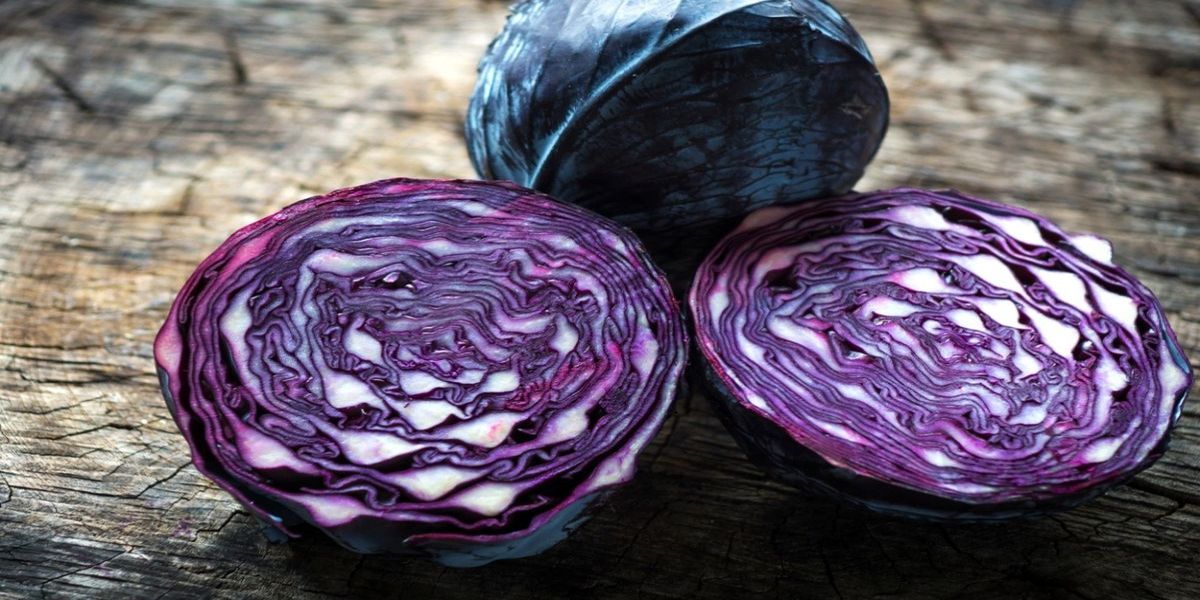
Another variety of the same cabbage is its colored variation - red cabbage with red-violet leaves, the result of medieval selection. When grown, this crop loves the sun, regular moisture, and tolerates low temperatures well. It is less productive than white cabbage, but is more frost-resistant and stores well. Its leaves are coarser and less juicy in consistency, but they are also used as food, both fresh and thermally processed.
In appearance and taste, it almost completely duplicates white cabbage, but it also has some differences.
The main (even visually noticeable) difference is the presence of special anthocyanin pigments, which have not only a coloring effect, but also a powerful antioxidant effect. And red cabbage, compared to its white «sister», also contains many times more potassium, sugars and vitamins C and A. This makes it much more healthy. Red cabbage has the ability to regulate the permeability of vascular walls, which helps prevent diseases of the cardiovascular system, as well as normalize blood pressure, stomach acidity and fat metabolism.
Cauliflower
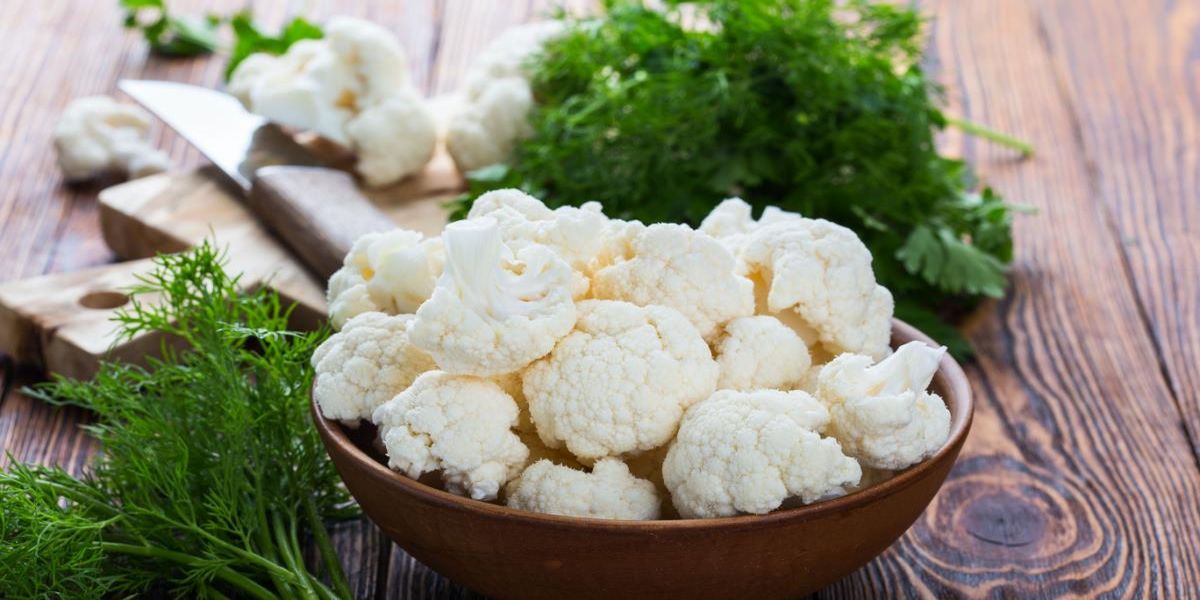
In terms of volume grown in the world, cauliflower ranks second after white cabbage, although it is far behind it. It is called colored not for its color, but for the appearance and shape of the «head» around a thick branched stem - it seems that these are many flowers-inflorescences collected in one dense bouquet. In color it can be white, purple, red, or yellow.
Sowing and caring for cauliflower is not much different from that for cabbage species, although it is more capricious and sensitive to changes in environmental conditions (especially with regard to temperature and humidity of the soil and air and soil composition).
Cauliflower, in comparison with cabbage, is distinguished by its early ripening and extended harvest period (up to 35 days compared to 10-15 for white cabbage).
Unopened cauliflower buds are used as food in heat-treated or canned form. Its pulp is very tender (it contains half as much coarse fiber as cabbage), hypoallergenic, tasty and quickly digested.
In terms of nutrient content and dietary properties, cauliflower is superior to many other types of cabbage, being a truly valuable food product. It is twice as high as cabbage in protein and ascorbic acid content, very rich in mineral salts, B vitamins, malic and folic acid, sugars, pectin, and flavonoids.
The complex and rich biochemical composition of cauliflower even makes it a valuable medicinal product. It is useful for problems of digestion and biliary excretion, for diseases of the liver, heart, blood vessels, impaired estrogen production, reduced immunity, and even as one of the means of preventing the formation of cancerous tumors
Cauliflower is not recommended in large quantities only for people with urolithiasis, gout and high stomach acidity - due to its rich mineral and salt composition.
Romanesco cabbage

One of the cultivated subspecies (varieties) of cauliflower, bred at the end of the twentieth century in Italy, is called Romanesco cabbage (name options - Roman, Italian). Its inflorescences are light green in color and visually appear as either spiky cones, or pointed cones, or a cluster of spiral seashells - which is why Romanesco has a very decorative appearance.
This cabbage has a delicate texture and a soft, creamy, nutty flavor without a bitter note. This vegetable is rich in vitamins C and K, dietary fiber and carotenoids. In general, the chemical composition and effect of this product on the body is similar to the effect of broccoli and cauliflower. And they prepare it in the same way as these types, although in their native Italy there are special recipes for Romanesco cabbage (frittata, orecchiette, etc.).
Broccoli or asparagus cabbage
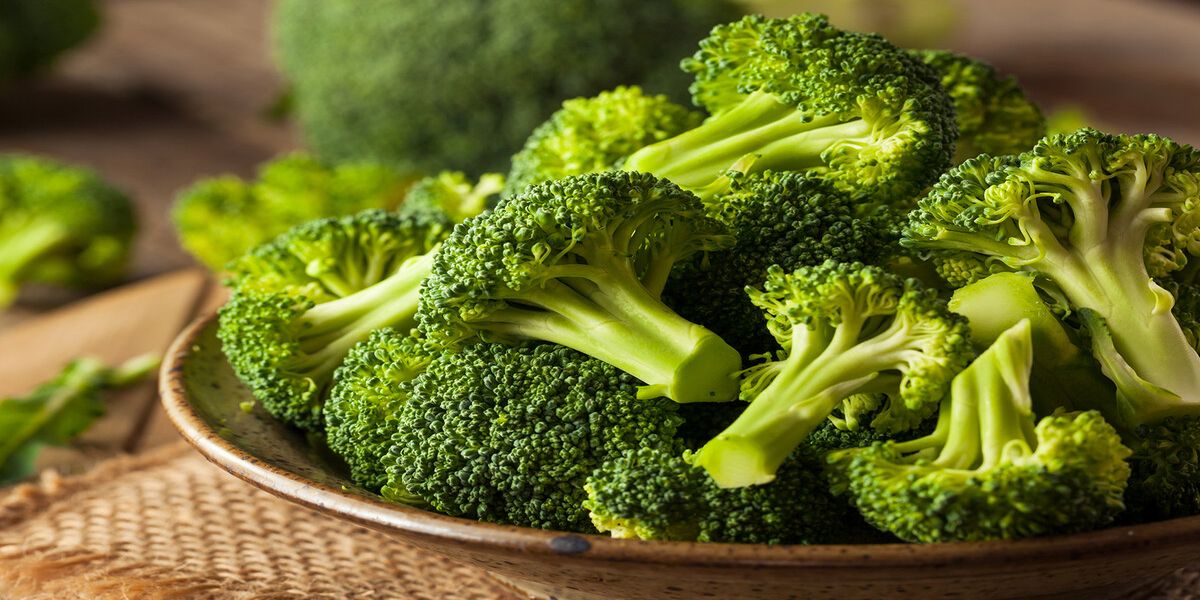
Broccoli is a close relative and genetic predecessor of the previous species, cauliflower.
This annual plant, originally from the Mediterranean countries, is undemanding in cultivation, tolerates frost easily, and is not afraid of the sun and heat. Today, the record countries for its cultivation are China and India, although in our middle latitudes it grows well, propagated by both seedlings and non-seedlings.
The vegetable is distinguished by a record amount of vitamin A compared to other types of cabbage, and is very rich in other vitamins (especially K and C), highly digestible calcium, folic acid, vegetable protein, and chlorophyll. Broccoli also contains a number of antioxidant substances that help fight cell aging. All this makes this type of cabbage an extremely valuable dietary product that helps strengthen the immune system, normalize blood composition, and eliminate toxins.
It is not the leaves of this cabbage that are eaten, but the unopened inflorescences. Broccoli can be pickled, boiled and fried, baked and frozen for the winter. Only long-term heat treatment is unacceptable, during which broccoli loses all its beneficial properties.
Kohlrabi or turnip cabbage
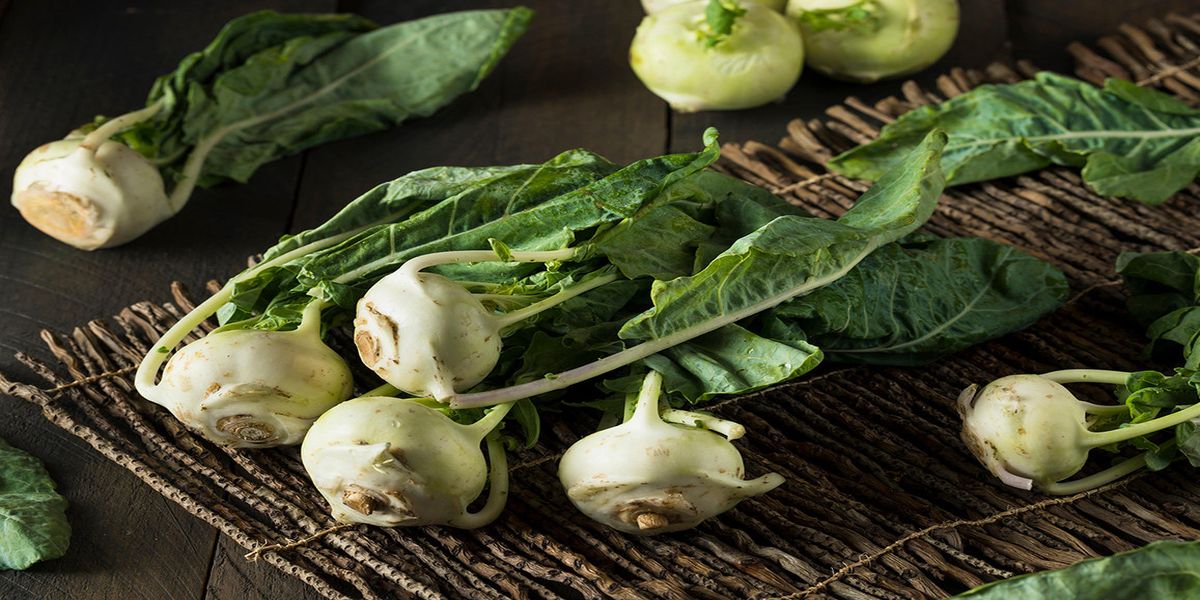
This biennial is also called «turnip cabbage», because its edible part is represented by a greatly expanded stalk (part of the stem). The plant in our latitudes can be sown directly in open ground, it is undemanding, loves good lighting, ripens early, bears fruit twice a season and is perfectly stored - it is only important to harvest on time, avoiding aging and hardening of the fruit.
It really tastes like the stalk of white cabbage, only more tender and sweet, without any pungency. It is used mainly raw, less often in boiled form (temperature exposure destroys most of the beneficial substances).
Kohlrabi is a valuable dietary product; its pulp is rich in glucose and fructose, fiber, sulfur compounds, potassium and calcium salts, vitamins B1, B2, PP, ascorbic acid, and iron. It helps improve liver function, heal ulcers, increases appetite, cleanses the body of waste and toxins, and even better than all cabbage vegetables, it lowers cholesterol levels in the blood.
Brussels sprouts or cabbage
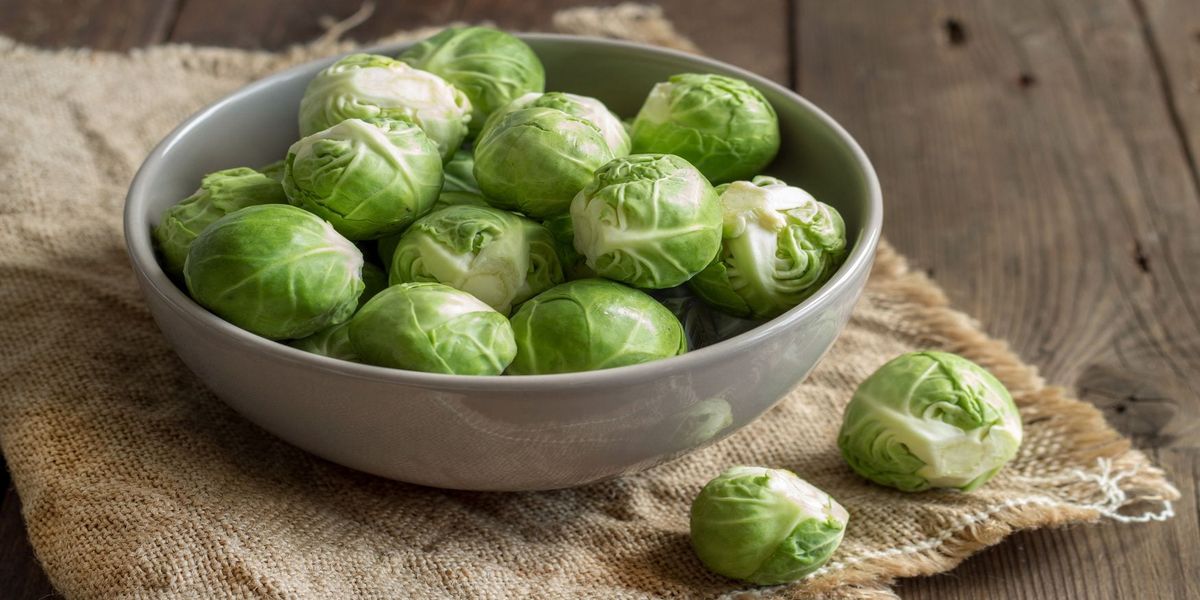
Brussels sprouts, which were developed in Belgium from leaves, are now very popular in Europe. Its heads resemble greatly reduced heads of white cabbage, only they grow in clusters around a central stem-stem. Depending on the variety, the heads can be of different sizes (from 2,5 to 5 cm in diameter), dense or loose, round or elongated, with smooth or corrugated leaves.
Brussels sprouts are grown in almost the same way as white cabbage. The disadvantage of the crop is its long ripening period and low yield, but at the same time it is the most frost-resistant in its family and is not demanding in care and storage.
Brussels sprouts, like other types, contain a number of substances beneficial to the body - compared to white cabbage, there is a lot of fiber, protein, and mineral salts. But the special value of cabbage lies in its exceptionally diverse set of vitamins and their large quantities (C, carotene, B1, B2, B6, B9, PP), as well as a number of free amino acids and enzymes.
It is used for food in fresh, boiled and stewed form - thanks to mustard oils, this cabbage has a subtle nutty flavor. It freezes, dries and preserves well for the winter.
To prevent Brussels sprouts from becoming bitter when cooking, you can add lemon juice to it.
The complex biochemical composition of Brussels sprouts places it among the irreplaceable food products, and also makes it a valuable medicine. It has been proven to support visual acuity, lower cholesterol, improve digestion, improve immunity, normalize the functioning of the cardiovascular system and even protect against cancer.
Savoy cabbage
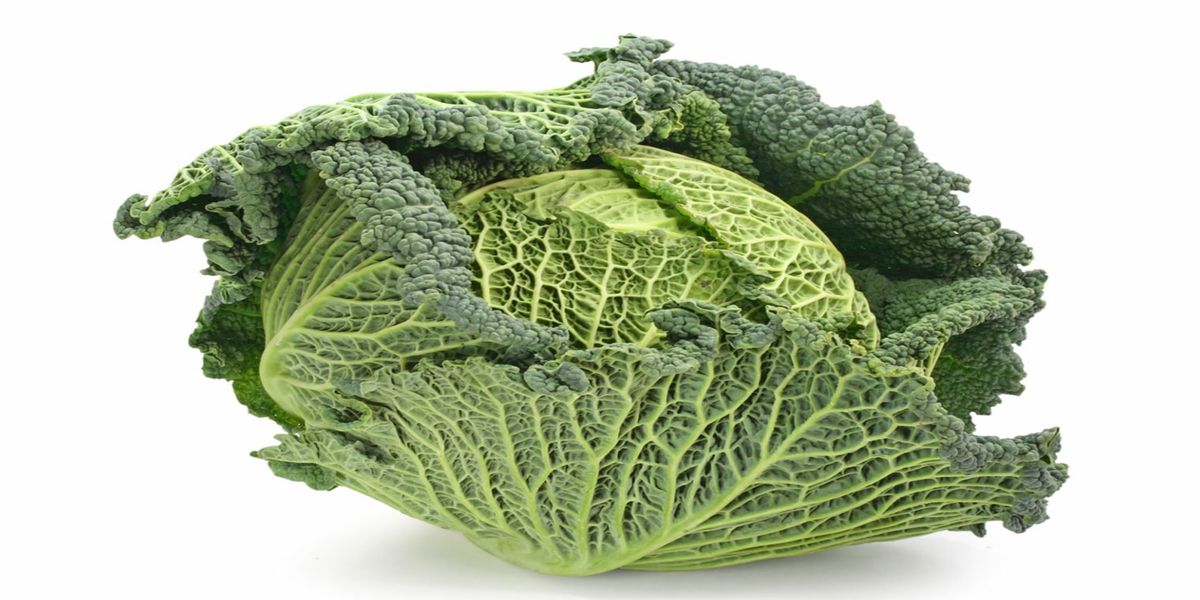
Savoy cabbage, like white cabbage, forms large heads of cabbage, but differs from it in dark, thin and soft corrugated leaves and a loose, loose head. The only strict requirement of this cabbage is constant good soil moisture with categorical prevention of stagnation of water at the roots.
All types of cabbage, except Chinese cabbage, easily cross with each other, so when growing cabbage for seeds, spatial isolation is necessary.
In terms of its range of useful substances, this cabbage is distinguished by its high content of protein and vitamin C; all other indicators are «average» for the cabbage family. In 1957, a substance ascorbigen was discovered in Savoy cabbage, which, when broken down in the stomach, slows down the growth of cancerous tumors. It also has a mild diuretic effect.
Savoy cabbage is superior in taste to white cabbage, as it contains less mustard oils and coarse fibers, and due to the mannitol alcohol content, it seems sweeter. It is used fresh and added to soups, pies and salads. But Savoy cabbage is not suitable for pickling and preservation.
Chinese cabbage or salad
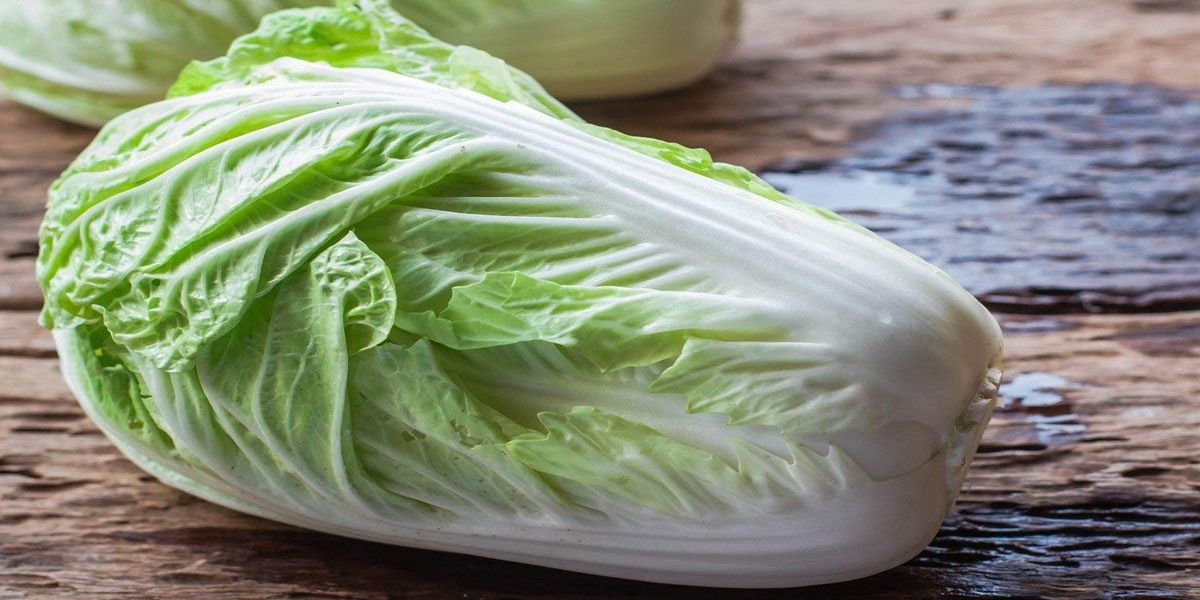
Peking cabbage came to us from the East relatively recently, but is already loved for its juicy, tender leaves, early ripening and undemanding cultivation. It has an elongated cone-shaped head with long, succulent, light green leaves. During the season, you can harvest two harvests of this cabbage at once; you just need to choose the right varieties and sowing dates.
Peking is ideal fresh in salads, although it can also be used in hot dishes, pickles and marinades. The taste characteristics of Chinese cabbage are preserved even during storage.
It contains twice as much vitamin C as white cabbage, contains pectins, vitamins C, B1, B2, PP, phosphorus, iron, calcium and organic acids. Chinese cabbage is included in dietary dishes prescribed for diseases of the heart and gastrointestinal tract; it is useful for increasing immunity, normalizing blood pressure, and eliminating edema. The low fiber content in Beijing does not cause flatulence and increased stress on the stomach.
Kale, or curly, or leafy, or grunkol, or brauncol, or bruncol

This tall annual with «lacey» green, reddish or purple leaves does not form a head (head), but is grown both as an edible vegetable and as an ornamental plant.
Kale cabbage is a record holder for the content of calcium, vegetable protein and vitamins K, A and C. Its juice has antioxidant properties, normalizes digestion, improves the condition of patients with diabetes, and reduces the severity of allergic reactions.
When fresh, its leaves do not last very long, but they can be frozen. In cooking, kale is used for many first and second courses, dried, salted and pickled. In Japan, a vitamin food supplement made from this type of cabbage, aojiru, is very popular.
So, which cabbage is the healthiest? Based on the totality of all factors in terms of benefits for the body, scientists put broccoli in first place, and in last place, alas, our «native» white cabbage. However, remember that variety is important in food. Absolutely all types of cabbage are tasty and low in calories, strengthen the immune system, reduce the risk of gastrointestinal and cardiovascular diseases, and are good for hair skin. Why not try to grow several types of such healthy and varied cabbage on your plot?


